

|

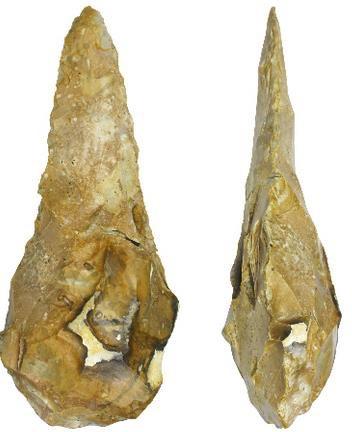

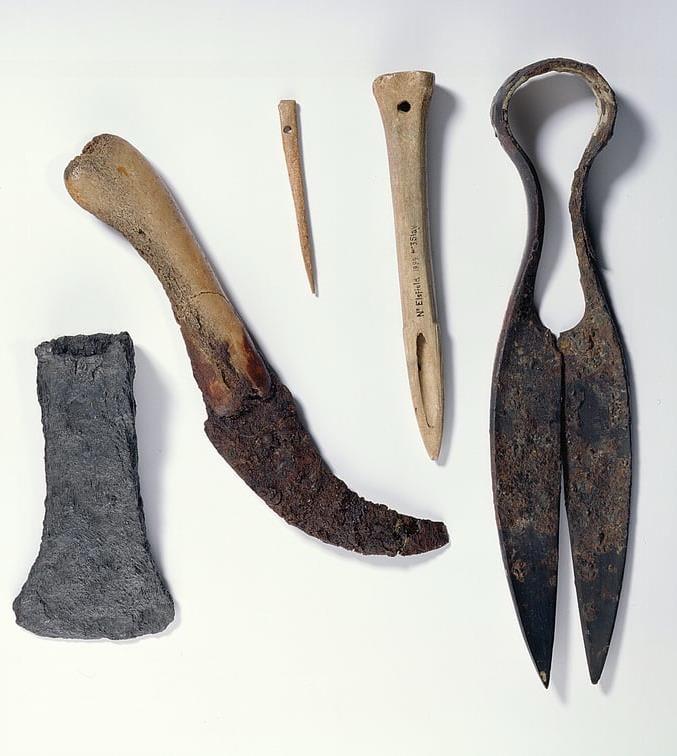

Materials Changed Societies and Enabled new Technology: Stone → Bronze → Iron → … → Silicon Age wikimedia.org, Google images | 2
Materials Discovery Precursor to Progress in Society



























14 Grand Challenges for Humanity in the 21st Century www.engineeringchallenges.org | 3
How are Materials Discovered?
By Luck / Accident:
Stainless steel, vulcanized rubber (car tires), Teflon, Play-doh, Saccharin, Super Glue,…


Edisonian (Trial and Error) Approach: He tested over 6,000 plant materials to discover the final light bulb filament

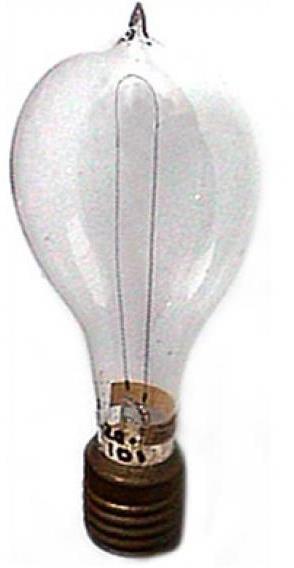
wikimedia.org,

Google images | 4
Materials-Discovery over Time
Of all (solid state) materials that we know of today, how many were discovered in the last 10 years?
pollev.com/peterschindler



| 5
Materials-Discovery over Time
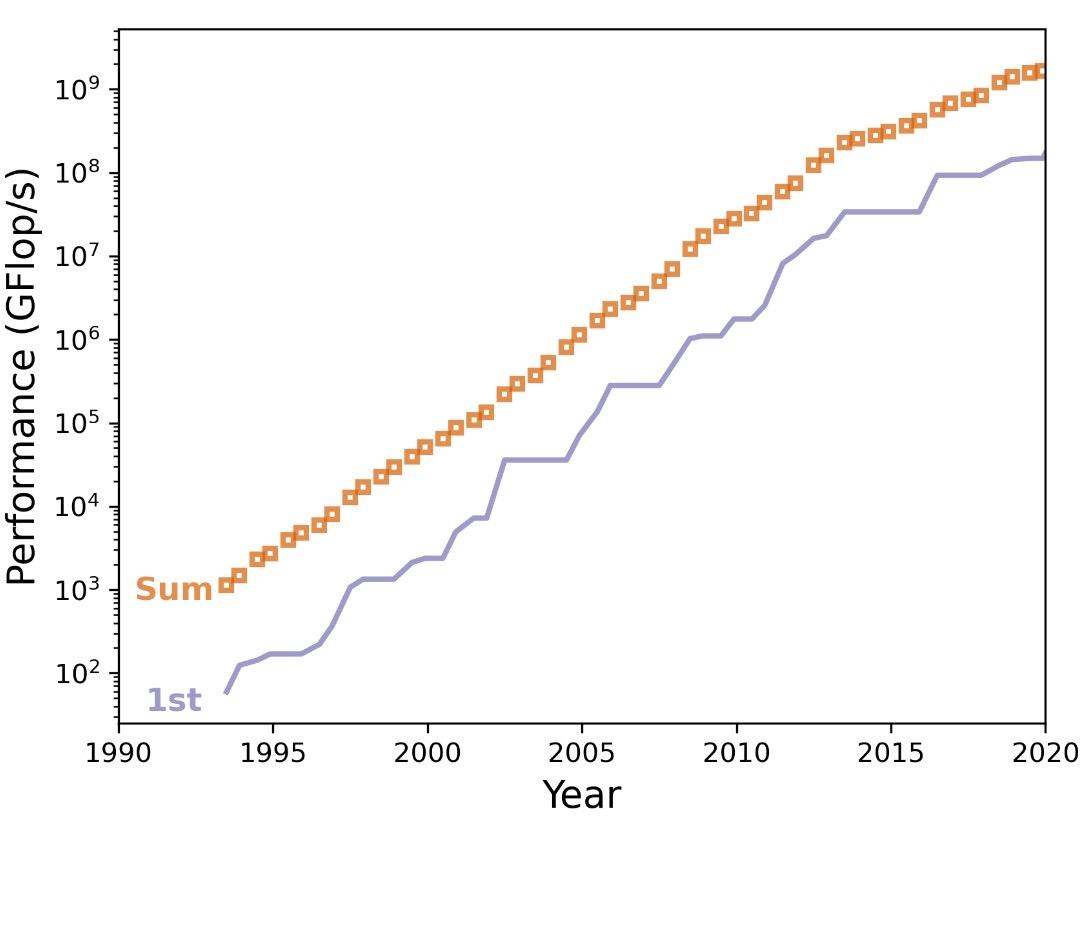
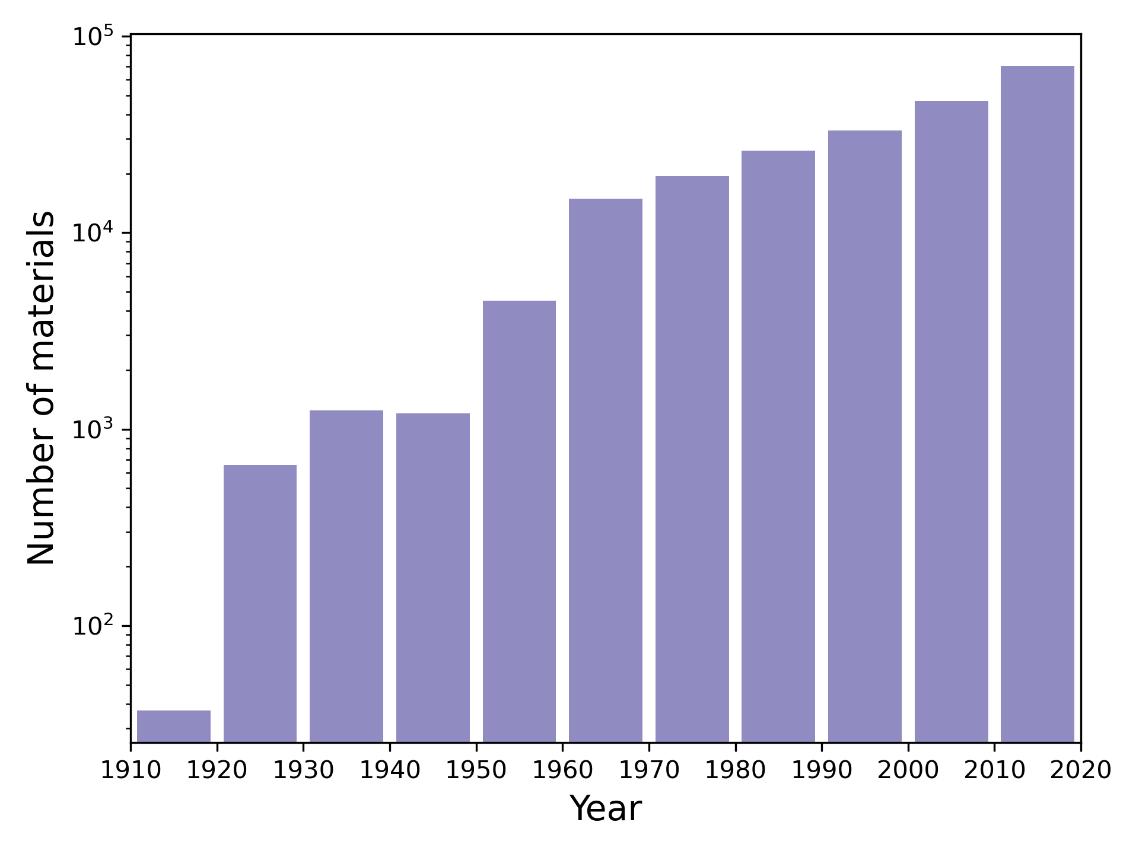
Materials in ICSD

Top 500 HPC
Doubles every ~22 yrs
1st : Empirical Science
2nd: Modelbased Science
Doubles every ~1.3 yrs
3rd: Computational
~33%
| 6
Experiments
Physical
Laws
DFT, MD
Science ML, Clustering
Science
4th: Data-driven
The 3rd Paradigm: Computational Discovery
“abinito”
Structural
Lattice constants
Bond length
Mechanical
Bulk modulus
Stress tensor
Optical / Electrical

Dielectric constant
Absorption spectra
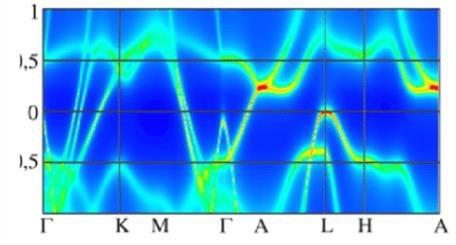
Density of states

Band structure
Surface
Work function
Surface/cleavage energy
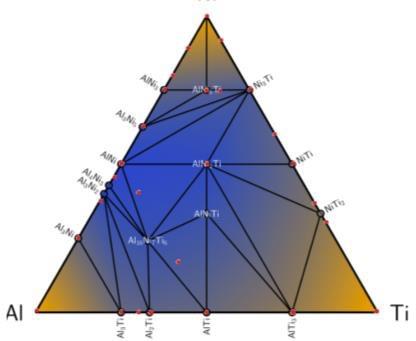
Adsorption energy

Magnetic
Magnetic ordering
Magnetic moment
Thermodynamic
Vibrational entropy
Phase stability (Hull diagram)
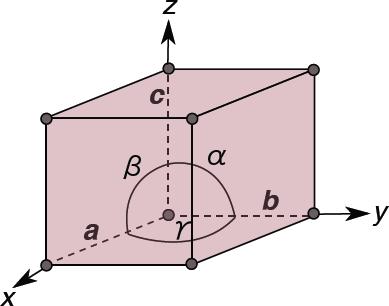
σij
| 7
Time Required for Experiment vs. Computation
Experiments (Synthesis) ~ weeks to months (to a Ph.D.)
First principles calculations ~ hours to days (to weeks)
Still too long to screen >100,000 candidates
Discovery Cluster
Over 20,000 CPU Cores and Over 200 GPUs
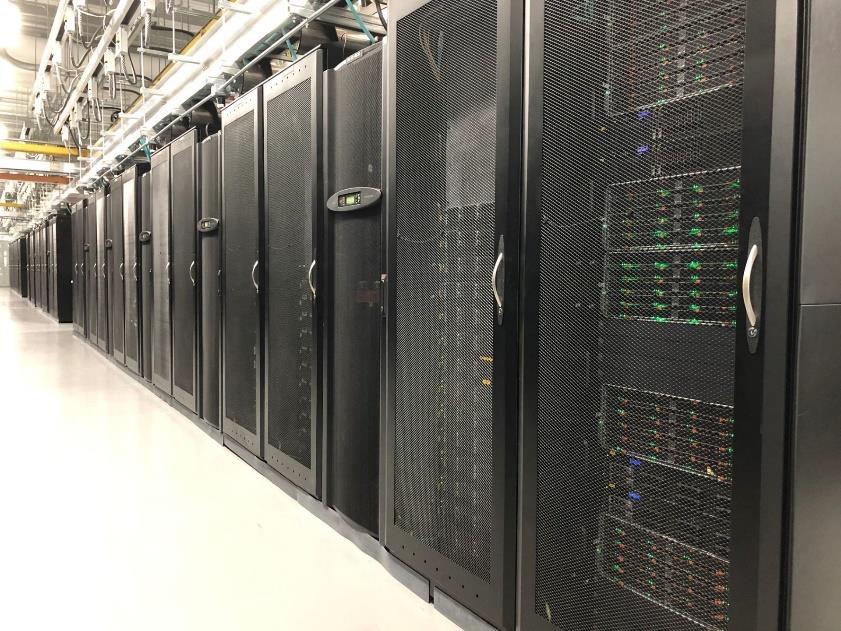
Hosted at MGHPCC (90,000-square-foot facility)


| 8
The 4th Paradigm: Data-Driven Discovery


Physical & Chemical insight/intuition
optimization Derived or measured properties
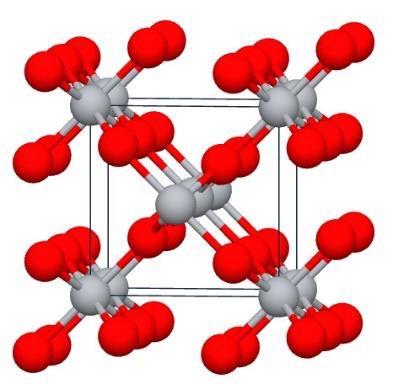
* = fingerprint = feature (vector)




* Surrogate ML model
Hyperparameter
Adapted from L. Himanen, et al. Comp. Phys. Comm., 247, (2020). Database | 9
High-Quality Data?
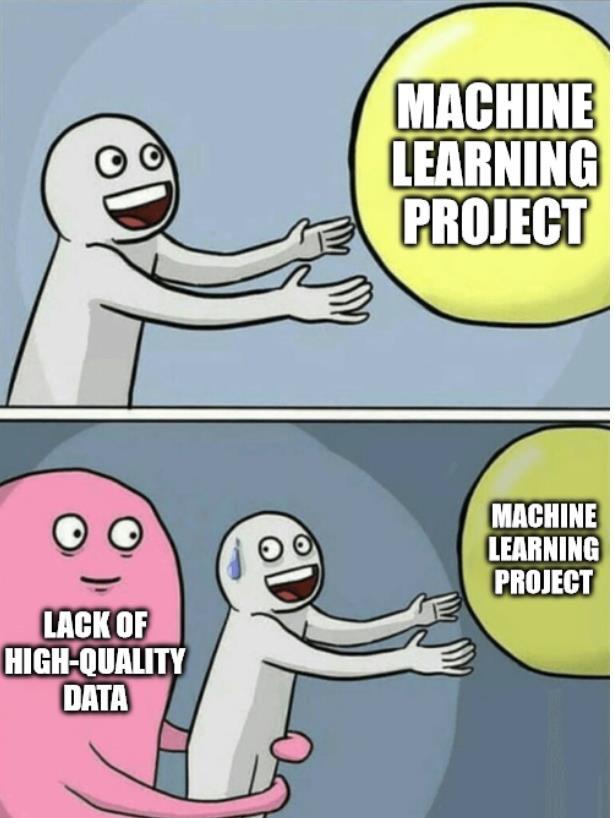

| 10
Types of Materials Data
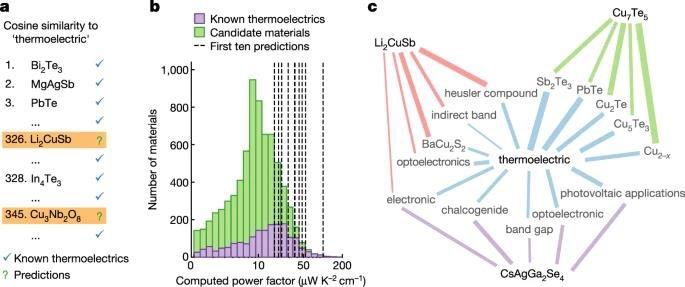

Text Tshitoyan, V., et al. Nature 571, 95–98 (2019) | 11 Scientific Literature NLP and LLMs
Types of Materials Data
Spectra, Images
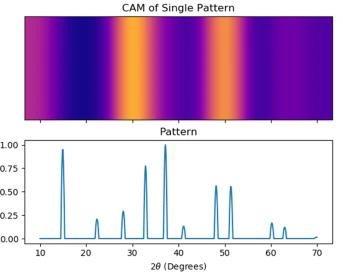
TEM, etc.
Scientific Literature
NLP and LLMs
Oviedo, F., et al. Comput Mater 5, 60 (2019).

Ziatdinov, M., et al. Nat Mach Intell 4, (2022).

Experimental Text Micrographs XRD,
| 12
Types of Materials Data

Experimental Computational
Big Data
Atomistic simulations
Small Data
Materials properties


High-throughput computations of properties
Spectra, Images
Micrographs
XRD, TEM, etc.
Text
Scientific Literature

NLP and LLMs


| 13
ML Paradigms in Materials Science
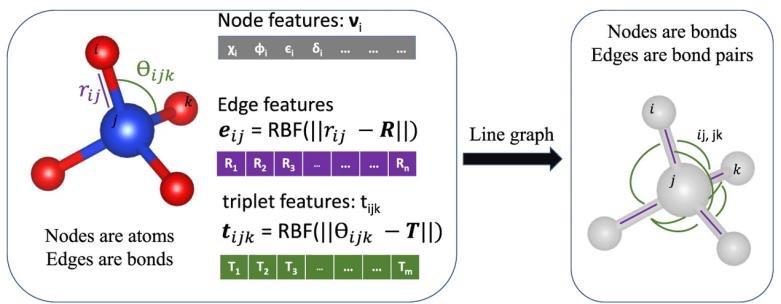

Model-centric AI
How change the model/architecture to improve performance?
Data-centric AI
How systematically change data (x/y) to improve performance?
Big Data “Good Data”
Shallow ML + feature engineering
Computational Experimental Big Small Spectra, Data Data Images
Active Learning

Deep Learning
Computational Experimental Big Small Spectra, Data Data Images
Computational Experimental Big Small Spectra, Data Data Images
Transfer Learning
Computational Experimental Big Small Spectra, Data Data Images
Todorović, et al. npj Comput Mater 5, 35 (2019) Choudhary & DeCost, npj Comput Mater 7, 185 (2021)
| 14
Materials Descriptors
Examples of Data-Driven Discovery

Industrial Perspective

Crystal Structures vs. Molecules
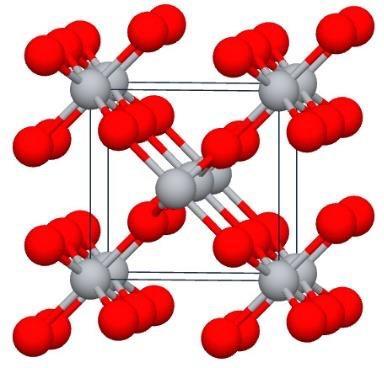

Crystal
Coordinates
Atom types
Lattice vectors
Periodic
Molecule
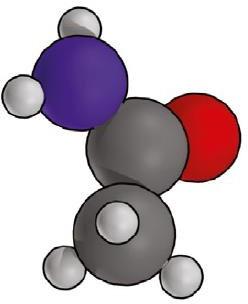
Coordinates
Atom types
Non-periodic
Space group symmetry
Point group symmetry
E(3) invariant
| 16
Requirements for an Ideal Materials
Descriptor
i. Meaningful and Universal (and fixed in number)
ii. Compact and Cheap(er) to Compute
iii. Invariant Under Crystal Symmetries (and atom permutations)

iv. Continuous (small change in atomic structure = small change in descriptor)

v. Reversible
vi. Unique
vii. Additive
viii. Uncorrelated
Musil et al., Chem. Rev. 2021 | 17
Hierarchy of Materials Descriptors
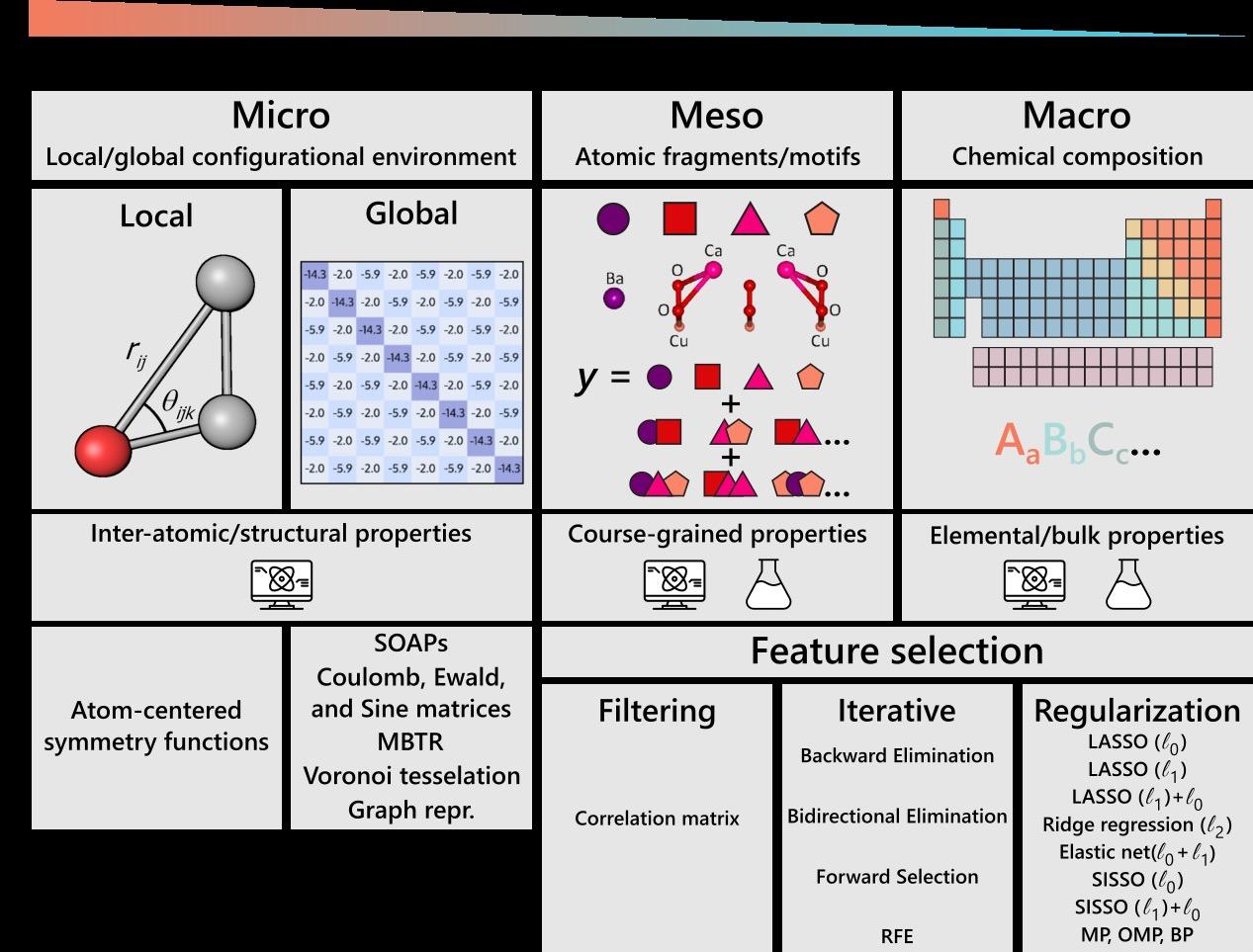

| 18
Graph Convolutional NNs
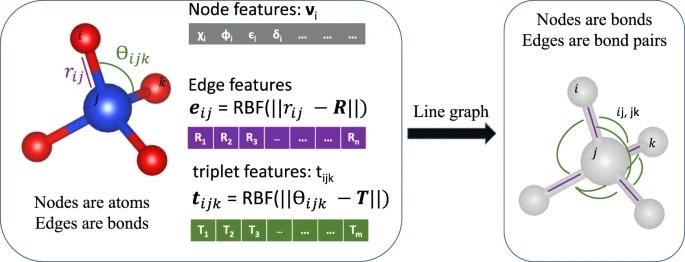
CGCNN

Crystal Graph Convolutional NN

ALIGNN
Atomistic Line Graph NN
Others: M3GNet, SchNet, PointNet, PAINN, DimeNet++, … Invariant to E(3)
| 19
E(3) Equivariant GNNs

Requires data augmentation
(inefficient & not physical)
No additional data required
Improved transferability and data efficiency

| 20
E(3) Equivariant GNNs

Interested in the math/CS details?
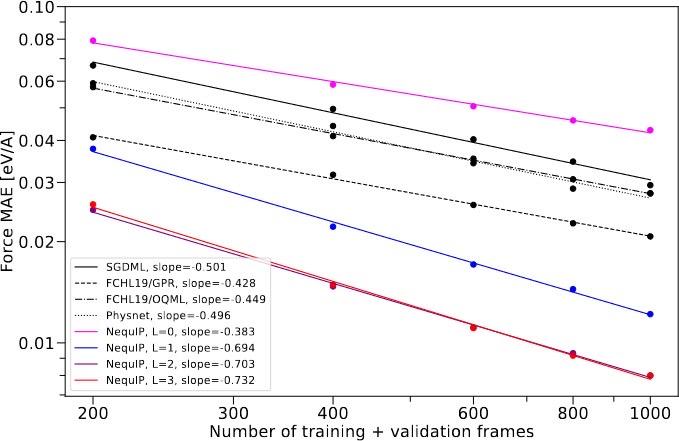

→ Prof. Robin Walters at Northeastern (Khoury College)
 Prof. Boris Kozinsky and Dr. Simon Batzner
Prof. Boris Kozinsky and Dr. Simon Batzner
Batzner, S., et al. Nat. Comm. 13 (2022) | 21
“Affordable Accuracy”


| 22
HIV Capsid with 44 Million Atoms

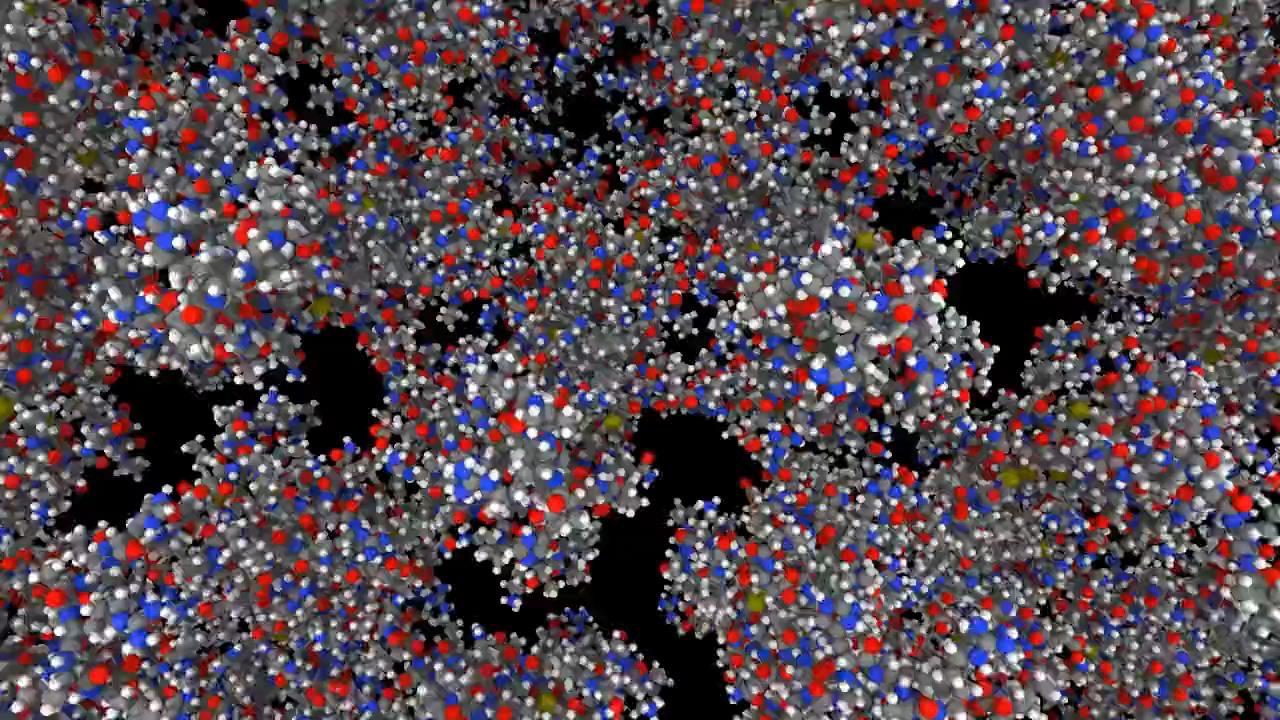

| 23
Dr. Simon Batzner


Data-driven Discovery of High-Brightness Photocathodes E.R. Antoniuk, Y. Yue, Y. Zhou, P. Schindler, et al. Physical Review B, 101 (202 E.R. Antoniuk, P. Schindler, et al. Advanced Materials, 33, 44 (2021) Materials Descriptors Examples of Data-Driven Discovery Industrial Perspective Data-driven Discovery of Ultralow Work Function Materials P. Schindler, et al. (in preparation), preprint: arXiv:2011.10905
Majority of Energy Goes to Waste(-Heat)
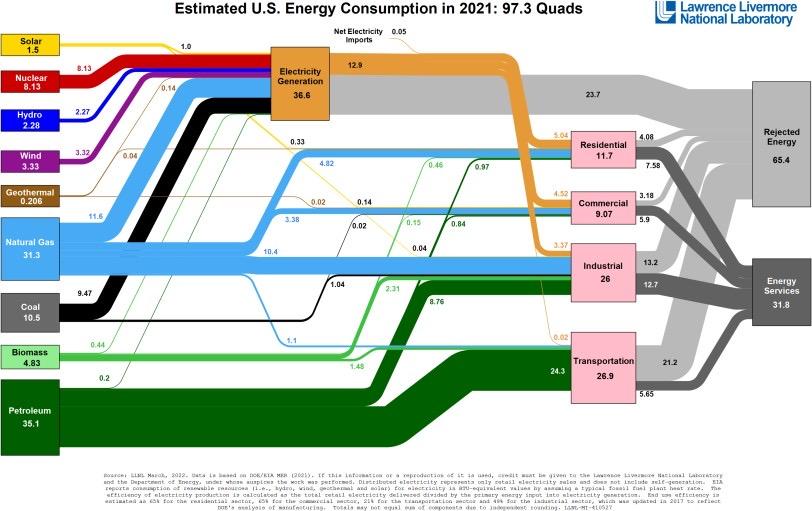

| 25
Thermionic Energy Converter (TEC)

Anode
Vacuum gap
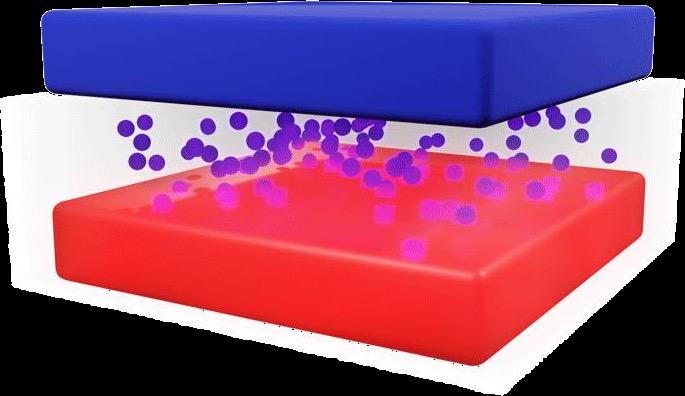
Cathode
Heat Input
• No moving parts
• Power output scales with area
| 26
Load
TEC Efficiency



| 27
High-Throughput DFT Workflow
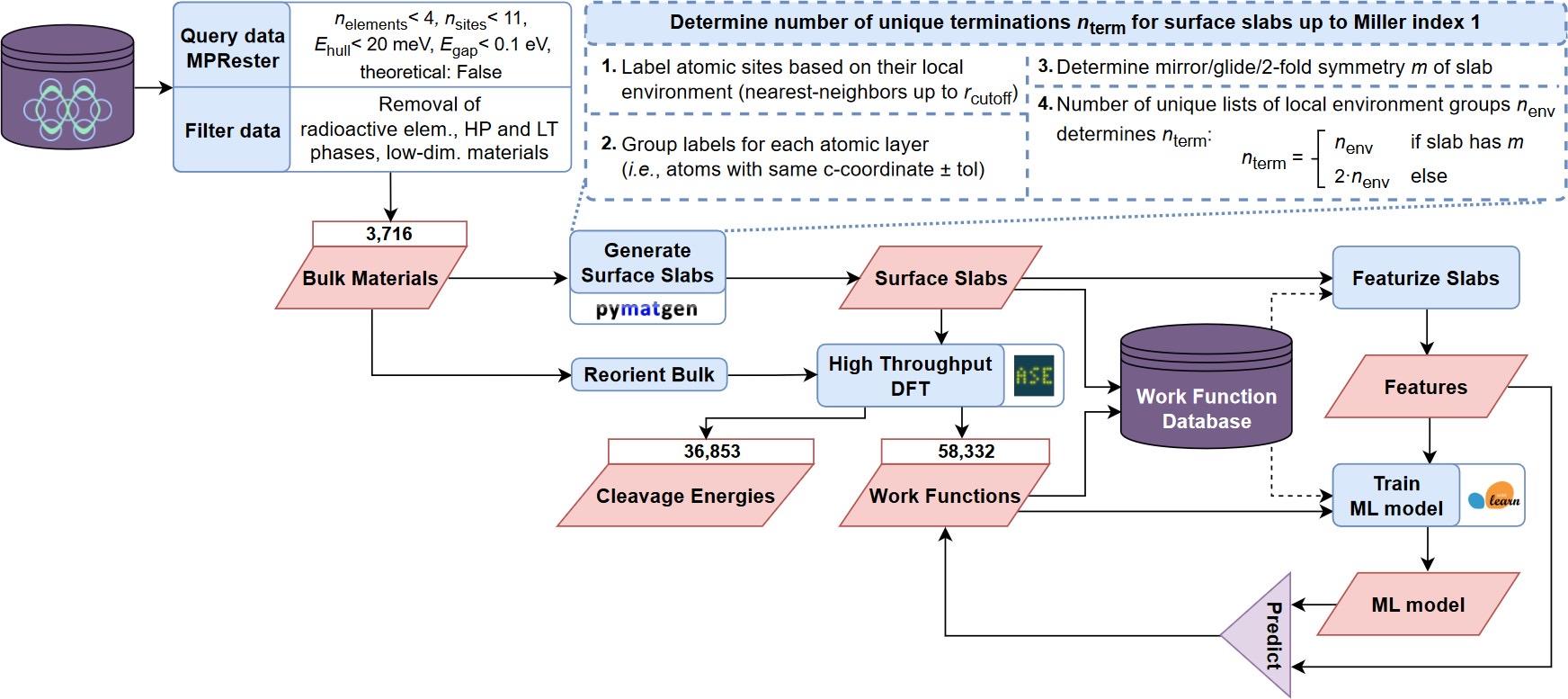

| 28
P. Schindler, et al. (under preparation)
Work Function Database

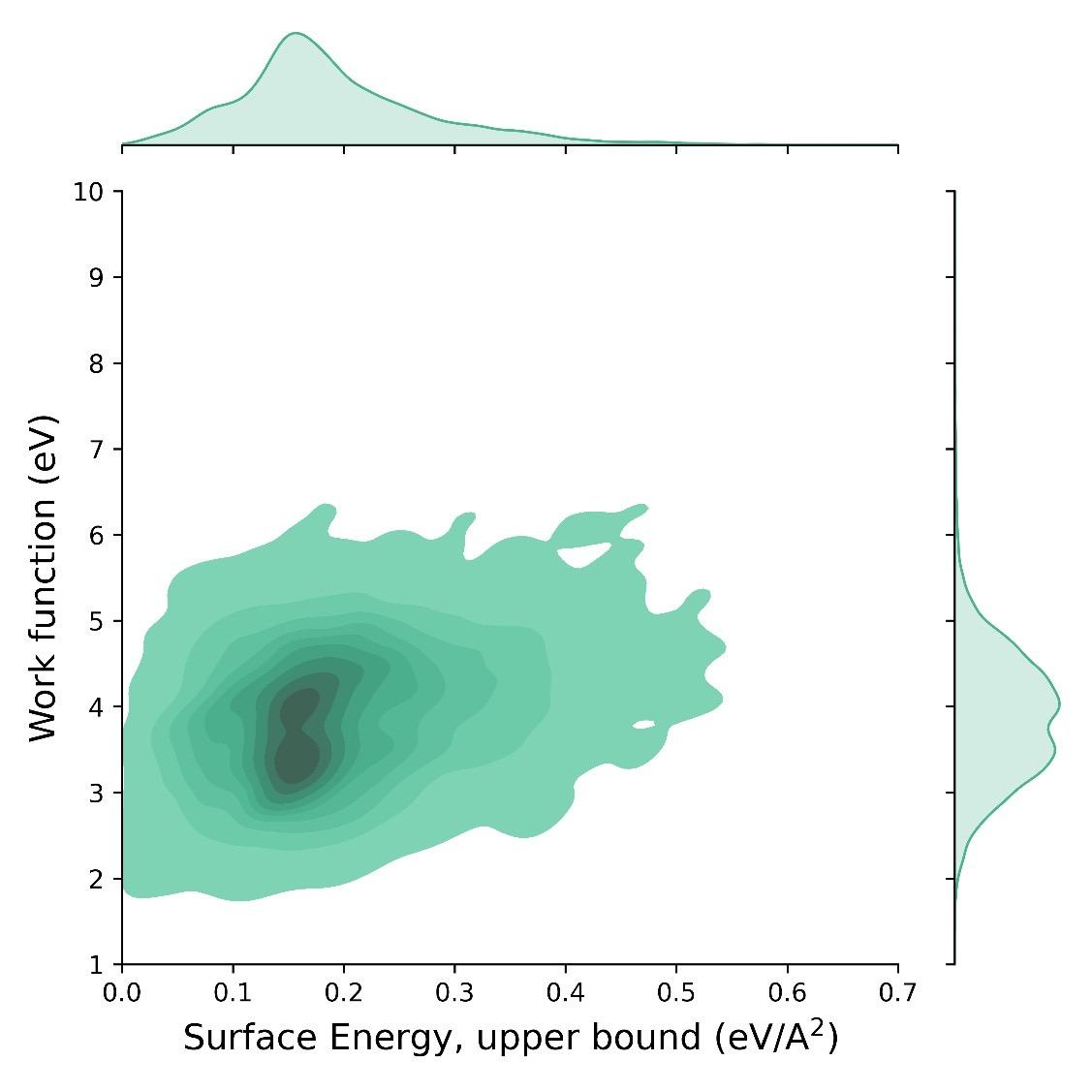

| 29
P. Schindler, et al. (in
preparation)
Model Performance with Physics-motivated Descriptors
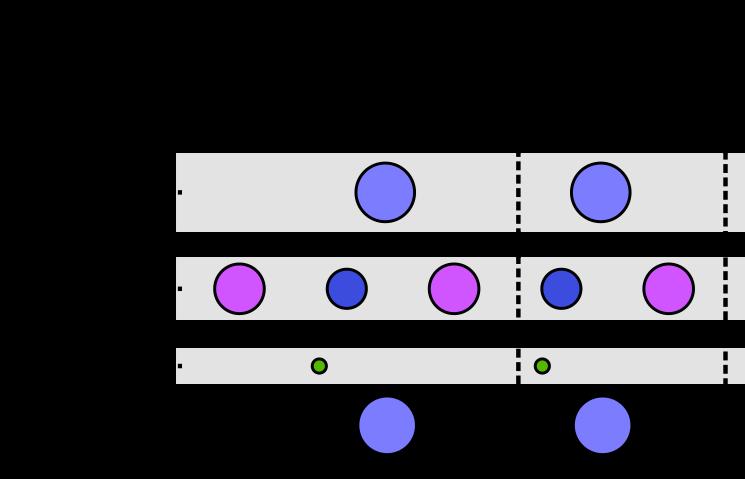
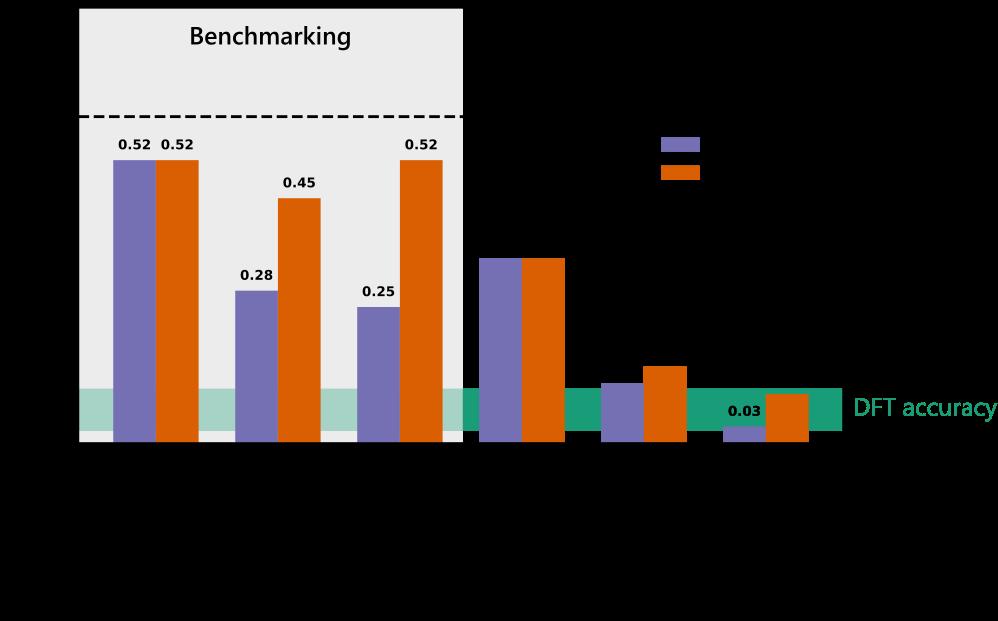

Elemental features
Eionization
nmendeleev
Structural features
200 features
15 features
~105 faster than DFT
χ 1
/ r
| 30
preparation)
P. Schindler, et al. (in
Promising New Low Work Function Surfaces
After ionic relaxation: Discovery of metallic surfaces with WF < 1.5 eV:

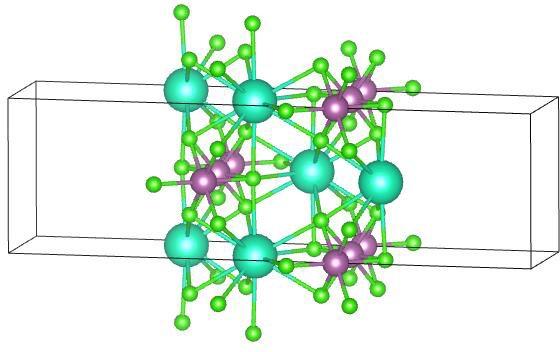

CsScCl3, Hexagonal, (100) Surface
BaX [X=Si, Sn, Ge], Orthorhombic, (110) Surface


| 31
P. Schindler, et al. (in preparation)


Data-driven Discovery of High-Brightness Photocathodes E.R. Antoniuk, Y. Yue, Y. Zhou, P. Schindler, et al. Physical Review B, 101 (202 E.R. Antoniuk, P. Schindler, et al. Advanced Materials, 33, 44 (2021) Materials Descriptors Examples of Data-Driven Discovery Industrial Perspective Data-driven Discovery of Ultralow Work Function Materials P. Schindler, et al. (in preparation), preprint: arXiv:2011.10905
Discovery of New High-Brightness Photocathodes for XFEL
Electron emission from Photocathodes Depends on Work Function
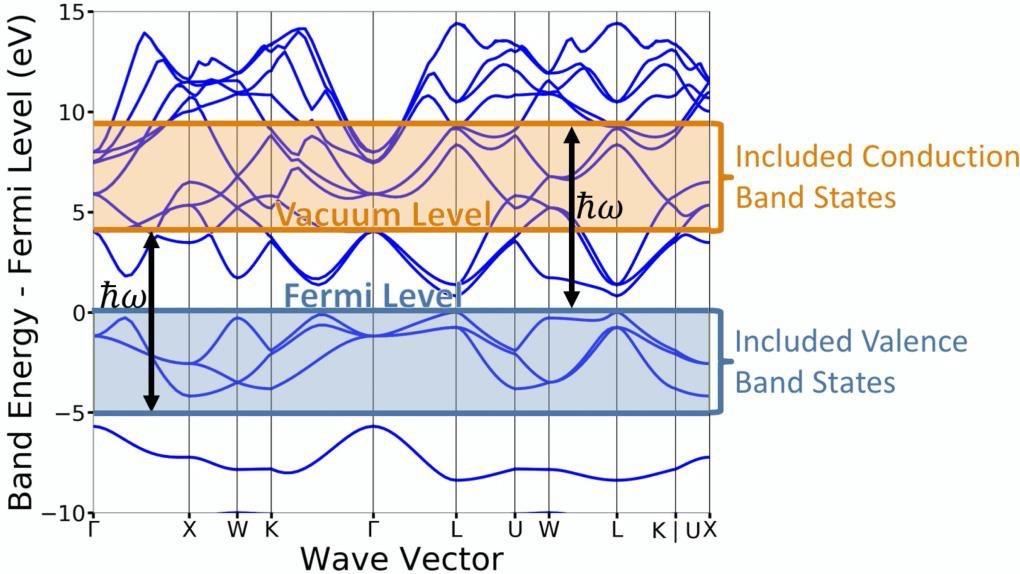
Work Function
Photocathode Brightness ∝ 1 / spread in transverse momentum of electrons
Intrinsic Emittance

Physical Review B, 101 (2020).
E.R.Antoniuk, Y. Yue, Y. Zhou, P. Schindler, W.A. Schroeder, B. Dunham, P. Pianetta, T. Vecchione, & E.J. Reed. Generalizable DFT-based photoemission model for the accelerated development of photocathodes and other photoemissive devices
| 33
Ab-initio Photoemission Model
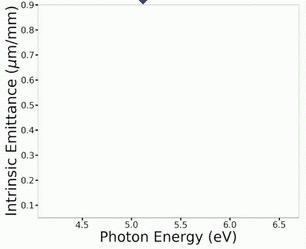

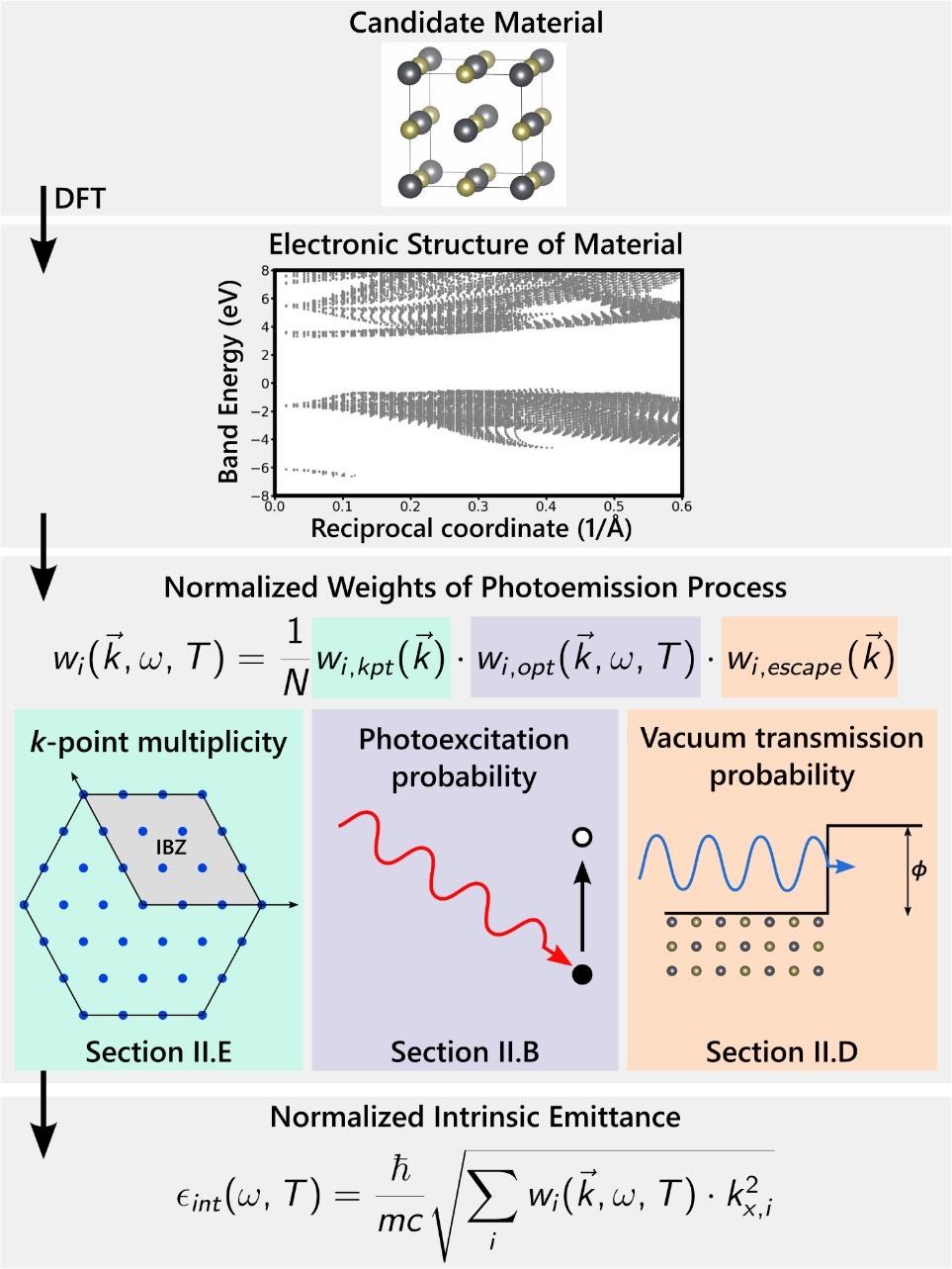

| 34
Physical Review B, 101 (2020). E.R.Antoniuk, Y. Yue, Y. Zhou, P. Schindler, W.A. Schroeder, B. Dunham, P. Pianetta, T. Vecchione, & E.J. Reed.
Novel Ultra-bright and Air-Stable Photocathodes
Discovered through ML/DFT Driven Screening
11 materials with intrinsic emittance < 0.3 µm/mm


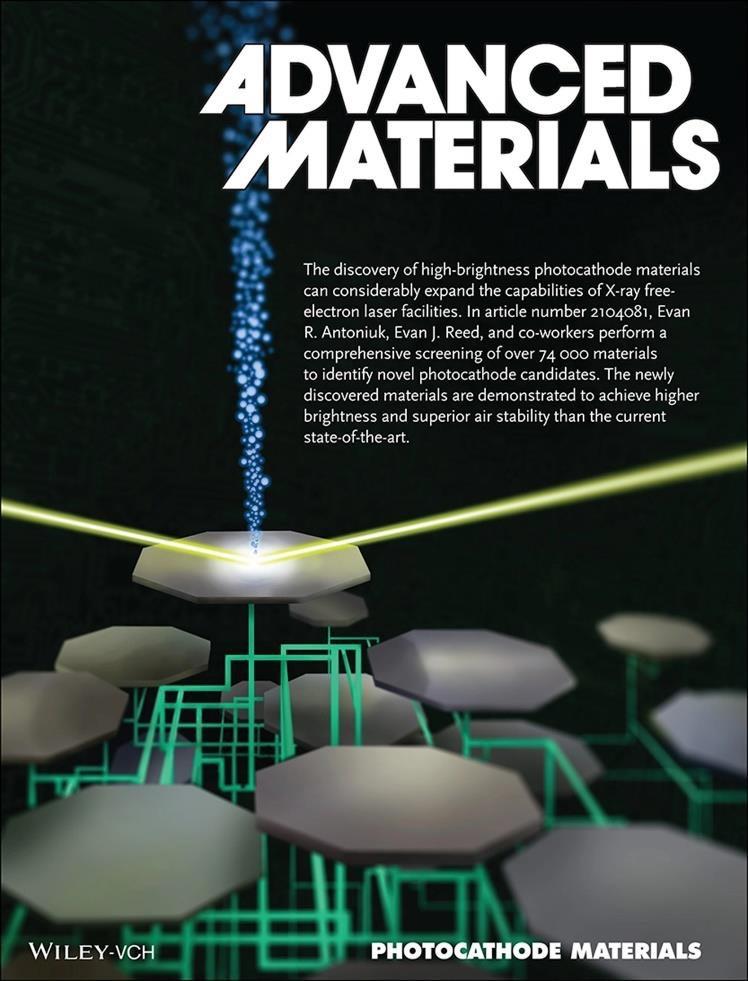

+ 3 air stable low intrinsic emittance materials M2O (M = Na, K, Rb)
Advanced Materials, 33, 44 (2021)
E. R. Antoniuk, P. Schindler, W. A. Schroeder, B. Dunham, P.
Pianetta, T. Vecchione, and E. J. Reed
| 35
Materials Descriptors
Examples of Data-Driven Discovery

Industrial Perspective

“Materials Informatics” in Industry?





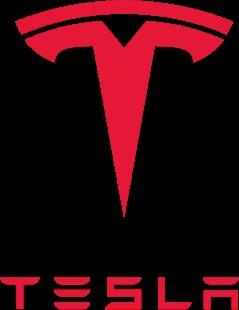










| 37
Industry Perspective: Aionics Inc.

Structure generator leveraging AI potentials to construct crystals, surfaces, molecules, etc.
Database of 10B+ candidates, searchable by physical properties, safety, supply chain, price, etc.



Synthesize New Formulations

AI platform to incorporate latest data, train new model, and guide next selection
Cloud-based DFT to compute properties of candidate
Source at Production Scale

Co-innovation partnerships with electrochemical materials manufacturers:


Aionics tools used internally to lead client’s in-house R&D

| 38
Physics-informed ML & ML-informed Physics


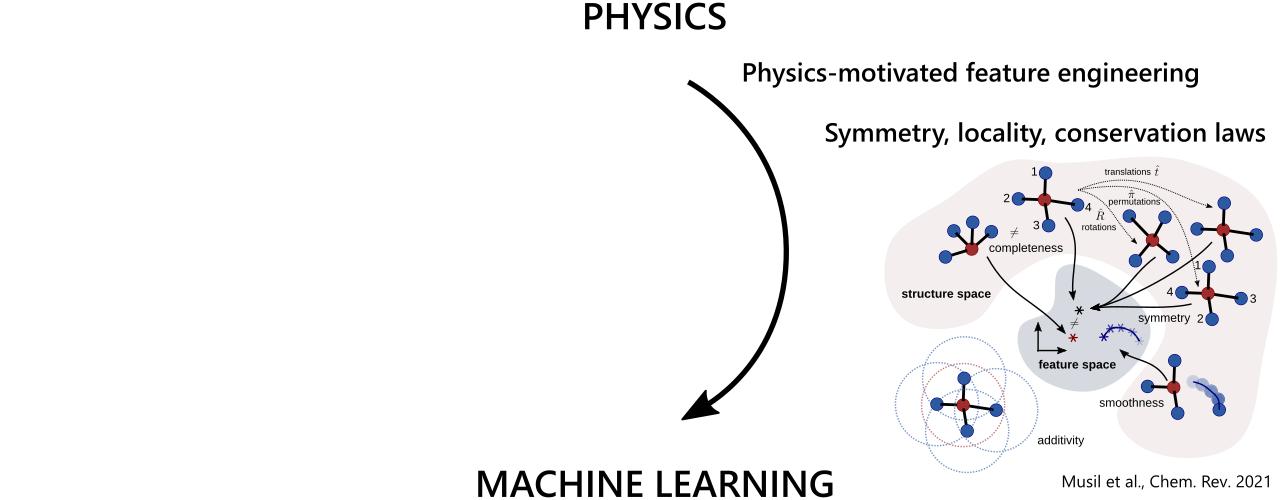

| 39




Acknowledgments Curious? Write me: p.schindler@northeastern.edu www.d2r2group.com • The D2R2 Group members • Reed Group at Stanford • Aionics Inc. • Mentors and collaborators The late Prof. Evan Reed Prof. Ricardo Baeza-Yates, Liz Roderick, and EAI Team! | 40
Audience Questions – Peter Answers
Q: Can you say, perhaps again (or maybe you are about to say) — in addition to crystallinity and structure, which/how many different bulk material properties can be predicted using these models? are there are any material properties that are particularly easy or difficult to predict from crystallinity & structure?
A: Thereisvirtuallynolimittowhichpropertiescanbepredictedwiththisframework,solongtheground-truthtechnique(e.g.,density functionaltheory)thatisusedtogeneratethetrainingdatacanpredictthepropertyofinterestwithareasonableaccuracy.Forexample,DFT cannotaccuratelypredictexcitedstatepropertiesandhencethedatageneratedwouldnotbemeaningfulforcreatingaMLmodel.

Q: Is synthesizing these newly discovered materials easy, hard, … possible?
A: That’sagreatquestion.Ifyouusecomputationaldatatopredictpromisingnewmaterialscandidates,thesynthesisprocessitselfisnoteasier orharderthanbefore – however,thesearchspacehasdrasticallyreducedandhenceyourtimespentsynthesizinghasamuchhigherhit-ratein termsofexhibitingthetargetedproperty(giventhatonewasindeedabletosynthesizeit).WhatIhavenotmentionedinmytalk,isthatthere areapproachesinmaterialsinformaticstopredictthesynthesiabilityofnewcompoundsandevenpredictpotentialpathwaysforsynthesis.One paperinthatfieldIcanrecommend(acollaboratorofmine):https://www.nature.com/articles/s41524-023-01114-4
| 41
Audience Questions – Peter Answers
Q : Great talk! The domain of applicability of these methods can become significantly broader if they can be extended to materials theory development. Can you talk about extending the framework targeted toward searching for new materials behavior.

A: Interestingquestion!Itakethisquestiontwoways:1)CanphysicsdirectlybeusedtoconstrainmaterialsML?Ihaveseenthisinotherfields (likefluiddynamicswherea“Physics-loss”isaddedinadditiontotheconventionalmeanabsoluteerror - loss)butnotasmuchinmaterials science.IthinktheclosesttothisapproachwouldbeCHGNet(https://www.nature.com/articles/s42256-023-00716-3)wherethemagnetic momentofatomsisusedtoconstrainthechargestateofatomsinacrystalstructure.ApartfromthatIamnotawareofmanyotherexamples, butthisislikelyafieldthatisrapidlyevolving.2)CanAIbeusedtodevelopnewmaterialstheory?Ifwethinkoftheconceptof“affordable accuracy”Imentionedinmytalk:Extendingthetime/lengthscalesinwhichwecansimulatewithnearab-initioaccuracyindeedenablesnew physics/materialsinsights. IhavealsoseenapproachestolearnHamiltoniansdirectlywithMLandalsolearnaccurateexchange-correlation functionals(https://www.nature.com/articles/s41467-020-17265-7).
Q: Thanks for your lecture, we know that the integration of Machine learning is the future of computation material science, We note that machine learning alone will probably not be a solution to all problems, as it is fundamentally tied to limitations of the training datasets. Please, elaborate.
A: Yes,wearefundamentallylimitedbythetrainingset.However,therearefewlimitationswhenitcomestocreatingnew,larger/better datasets.ThisgoesbacktowhatImentionedaboutthetwoparadigms:1)Moredataandbiggermodelsarebetter(similarasobservedinLLMs currently)and2)Smaller,buthigh-fidelity(orverydomain-specific)dataisbetter.Dependingonhowmuchcomputing/dataresourcesonehas accessto,determineswhichparadigmmightbemorefeasibleandsuccessful.
| 42




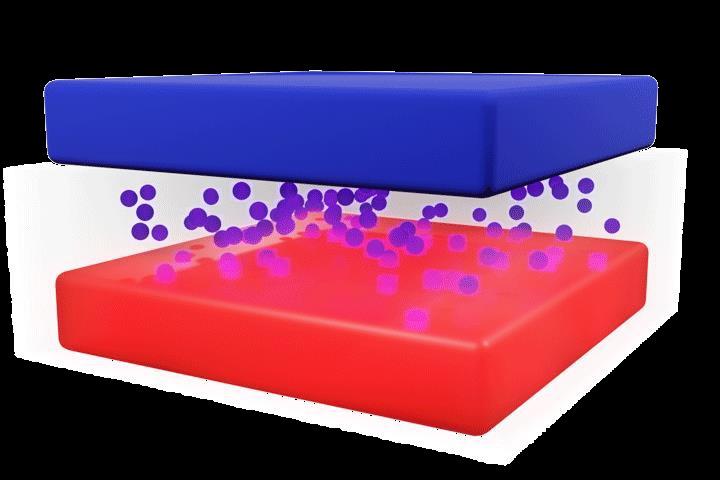


Thank You! 41 Publications and Contact Info: d2r2group.com















































































































